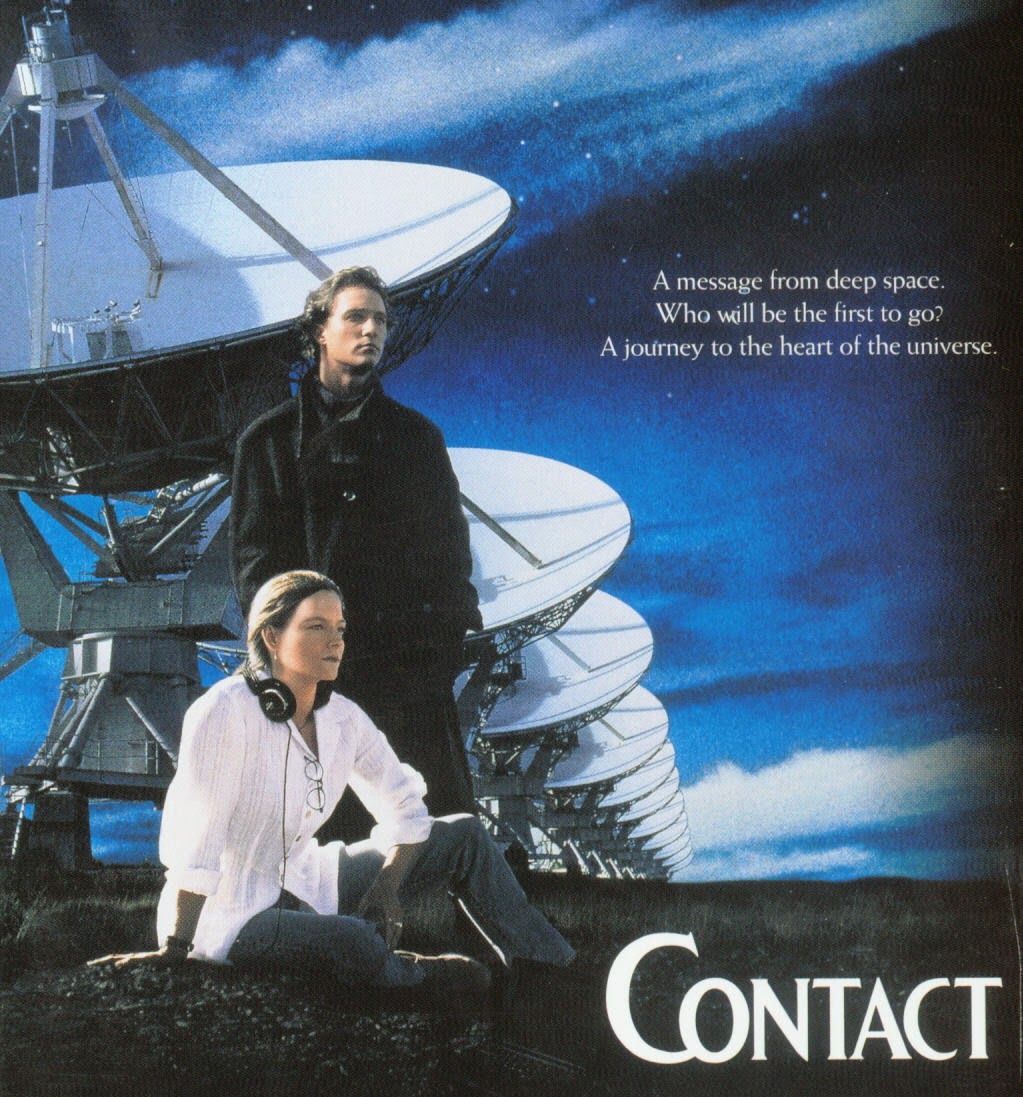 |
| Image Source: NobelPrize.org |
Topics: Diversity, Diversity in Science, Medicine, Nobel Prize, Pharmacology, Women in Science
Note: though her doctorate was honorary, her life and contributions were extraordinary. She completed Masters work, and never married though had a full life as an aunt and researcher (and Nobel Laureate). You owe it to yourself to read her entire bio, which I excerpt below. Note 2: she was the daughter of immigrants. The Nobel Prize in Physiology or Medicine 1988
Born: 23 January 1918, New York, NY, USA
Died: 21 February 1999, Chapel Hill, NC, USA
Affiliation at the time of the award: Wellcome Research Laboratories, Research Triangle Park, NC, USA
Prize motivation: "for their discoveries of important principles for drug treatment".
Prize share: James W. Black, Gertrude B. Elion and George H. Hitchings "for their discoveries of important principles for drug treatment".
I was born in New York City on a cold January night when the water pipes in our apartment froze and burst. Fortunately, my mother was in the hospital rather than at home at the time. My father emigrated from Lithuania to the United States at the age of 12. He received his higher education in New York City and graduated in 1914 from the New York University School of Dentistry. My mother came at the age of 14 from a part of Russia which, after the war, became Poland; she was only 19 when she was married to my father. My first seven years were spent in a large apartment in Manhattan where my father had his dental office, with our living quarters adjoining it.
My brother was born about six years after I was, and shortly thereafter we moved to the Bronx, which was then considered a suburb of New York City. There were still many open lots where children could play and large parks, including the Bronx Zoo, to which I was very much devoted. My brother and I had a happy childhood. We went to a public school within walking distance of our house. Our classrooms were generally quite crowded, but we received a good basic education.
I was a child with an insatiable thirst for knowledge and remember enjoying all of my courses almost equally. When it came time at the end of my high school career to choose a major in which to specialize I was in a quandary. One of the deciding factors may have been that my grandfather, whom I loved dearly, died of cancer when I was 15. I was highly motivated to do something that might eventually lead to a cure for this terrible disease. When I entered Hunter College in 1933, I decided to major in science and, in particular, chemistry.
By this time my father was not financially well-off since he, like many others, had invested heavily in the stock market, and in the crash of 1929 had gone into bankruptcy. Fortunately, he still had his profession and his loyal patients. Had it not been that Hunter College was a free college, and that my grades were good enough for me to enter it, I suspect I might never have received a higher education. My brother also was able to take advantage of a free higher education, going to the College of the City of New York where he studied physics and engineering.
"Gertrude B. Elion - Facts". Nobelprize.org. Nobel Media AB 2014. Web. 19 Mar 2015. http://www.nobelprize.org/nobel_prizes/medicine/laureates/1988/elion-facts.html









